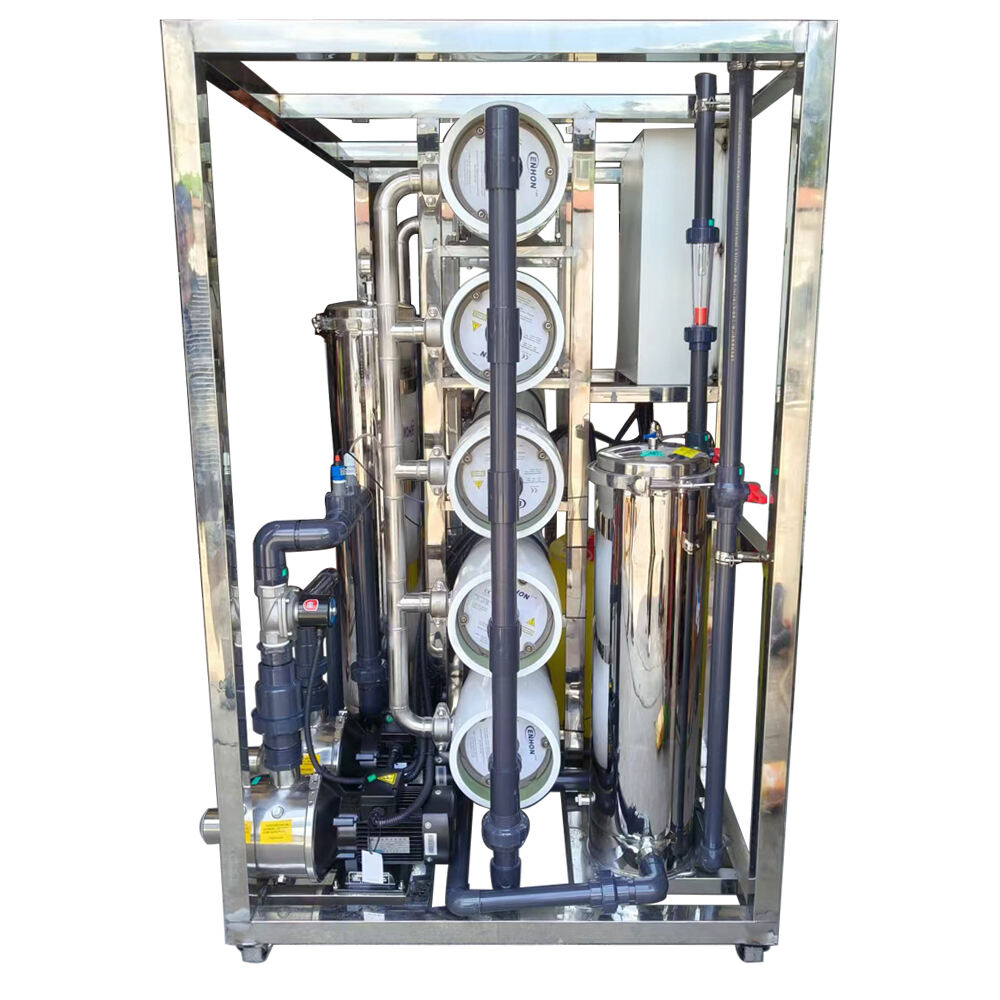나노여과막은 물 정화 및 산업 응용 분야에서 핵심적인 역할을 합니다. 이를 통해 수명을 최적화함으로써 비용 효율성을 확보하고 성능을 유지할 수 있습니다. 이를 달성하기 위해서는 다음 주요 전략을 채택하는 것이 좋습니다. 효과적인 전처리 우선 실시
효과적인 전처리 우선 실시
막 손상을 방지하기 위해 나노여과막을 사전 처리하는 것이 중요할 수 있습니다. 모래 및 실트/5~100마이크론 이상의 부유 고형물은 막의 마모나 세공의 차단 및 막힘을 유발할 수 있으므로 프리필터를 사용해 제거해야 합니다. 응집-상승 공정에서 미세 콜로이드 입자들이 응집되며, 이러한 공정에서는 염화철과 같은 화학약품이 사용됩니다. 이러한 오염물질들을 초기 단계에서 제거함으로써 물리적 손상을 줄이고 막 수명을 직접적으로 연장할 수 있습니다.
운전 조건 최적화
압력과 유량을 적절히 관리해야 합니다. 과도한 압력은 막을 되돌릴 수 없을 정도로 압축시켜 손상시키는 반면, 압력이 부족하면 여과 효율이 저하되고 막 오염이 발생할 수 있습니다. 최대 압력은 적용 목적과 막의 종류에 따라 달라집니다. 일정한 유량을 유지하면 용질이 막 표면에 농축되는 현상을 방지할 수 있습니다. 수질과 막 사양이 중요한 요소이므로 정기적인 조정을 통해 막 수명을 연장할 수 있습니다.
정기적인 청소 실시
정기적인 세척은 막의 무결성을 유지합니다. 느슨한 입자는 역세척(물 흐름 역류)이나 공기 세척과 같은 물리적인 방법으로 제거됩니다. 고착된 파울링의 경우, 무기물 침전물에는 구연산, 유기물/생물학적 침전물에는 차아염소산나트륨과 같은 저농도 화학 물질을 사용할 수 있습니다. 적절한 농도와 접촉 시간을 사용하면 손상을 방지할 수 있습니다. 유량 감소 또는 압력 강하를 관찰하여 세척 일정을 조정함으로써 기능 유지를 달성할 수 있습니다.
적절한 막 소재 선택
막의 적용 목적에 따라 적절한 소재를 선택하면 내구성을 높일 수 있습니다. 친수성 물질의 표면은 일반적인 오염 물질인 소수성 유기물을 흡착하지 않습니다. 막은 기계적 특성이 강화되어 작동 압력과 청소 압력을 견딜 수 있습니다. 오래 사용할 수 있는 제품을 선택하기 위해 공급수의 수질, 오염 물질, 환경 조건을 고려해야 합니다.
전처리, 최적화된 운전, 주기적인 세척 및 재료 선정을 포함한 이러한 조작들의 조합을 사용함으로써 나노여과막의 수명을 현저하게 연장하여 운전의 효과적 신뢰성을 보장할 수 있다.

